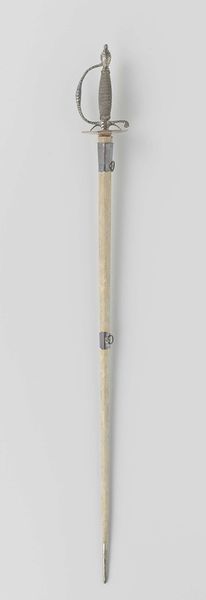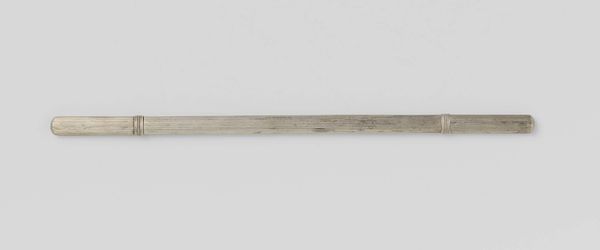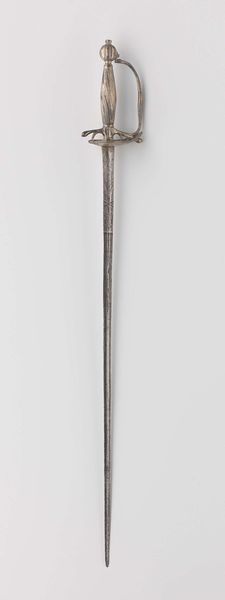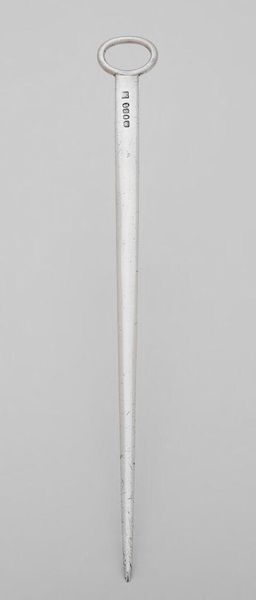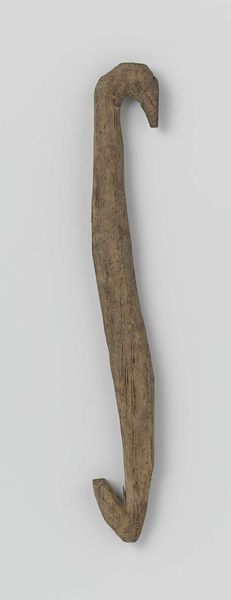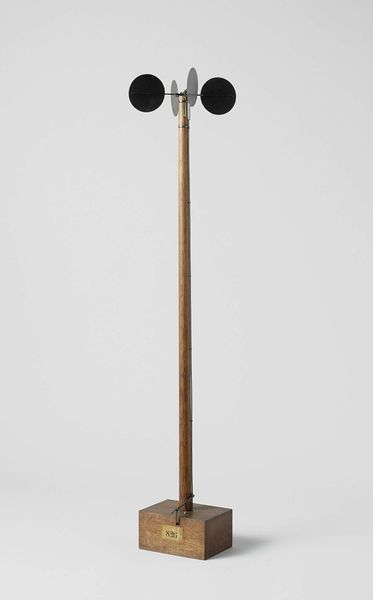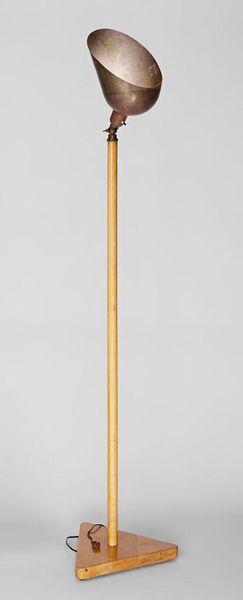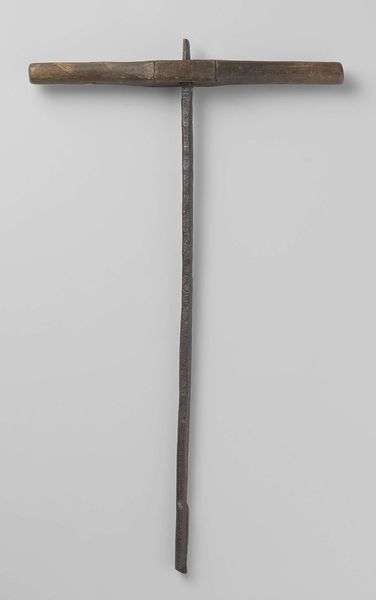
carving, wood
#
carving
#
baroque
#
dutch-golden-age
#
wood
#
history-painting
Dimensions: height 96.0 cm, diameter 4.0 cm
Copyright: Rijks Museum: Open Domain
These walking sticks of Van Oldenbarnevelt were created by an anonymous artist. At first glance, the walking stick is an unassuming object. Its verticality and cylindrical form are simple, yet they speak volumes. The material, appearing to be aged wood, lends a tactile quality, inviting touch and reflection on its history. The pale knob at the top serves as a focal point, contrasting with the shaft's earthy tones. The walking stick is more than just a support; it's a symbol. In semiotic terms, it signifies status, authority, and perhaps even a connection to the land. Its presence destabilizes the idea of mere utility, suggesting deeper layers of meaning tied to power and representation. Consider how this seemingly simple object engages with broader philosophical ideas. Does it challenge our perception of value? Does it invite us to reconsider the relationship between form and function? These are the questions that arise when we approach art with a critical eye, recognizing that even the most ordinary objects can be profound.
Comments
rijksmuseum about 2 years ago
⋮
The elderly statesman Johan van Oldenbarnevelt was supposed to have used one of these walking sticks to support himself as he climbed the scaffold on May 13 1619 to be beheaded. He had been condemned to death after a political trial. In the previous twenty years, he had been one of the driving forces in the young Dutch Republic. The sticks were preserved as relics. In 1657 Vondel wrote a moving poem about one of them.
Join the conversation
Join millions of artists and users on Artera today and experience the ultimate creative platform.


